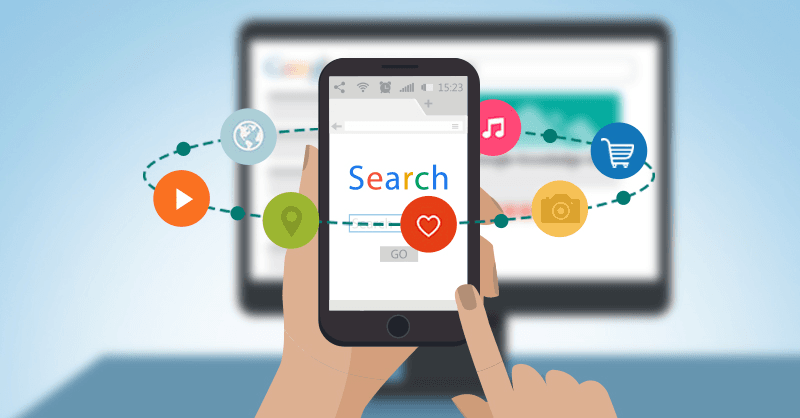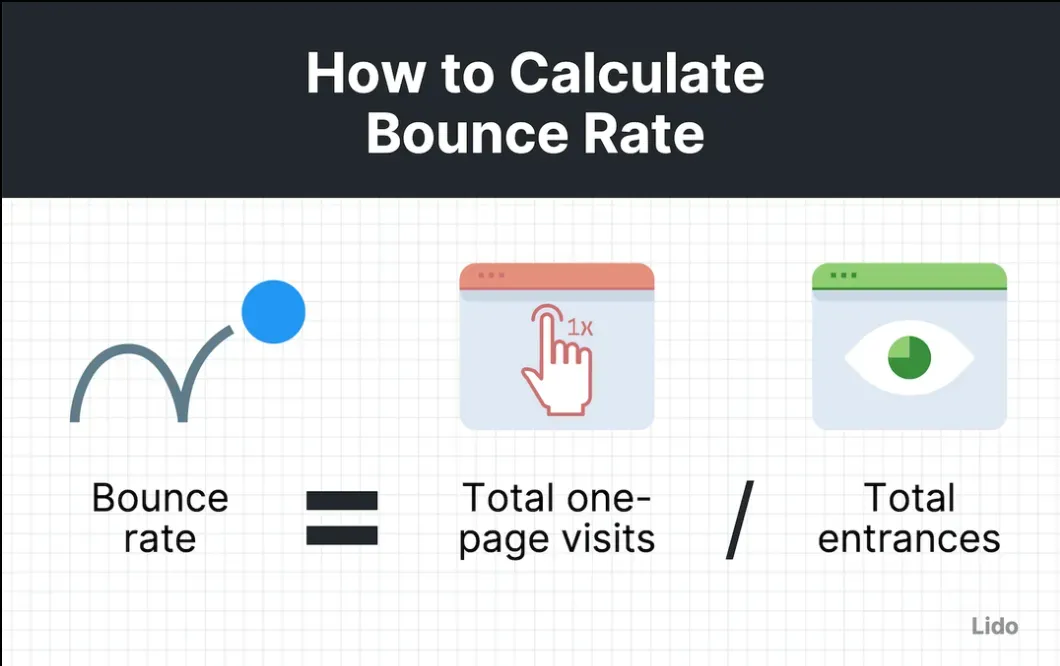- The Hidden Power of Micro-Influencers in Niche Markets
- Why Mobile-First Websites Are Crucial for SEO in 2025
- Why Your Website’s Bounce Rate Might Not Matter as Much as You Think
- How to Use Interactive Content to Skyrocket Your Lead Generation
- The Power of Social Media Marketing: How Brands Build Engagement










